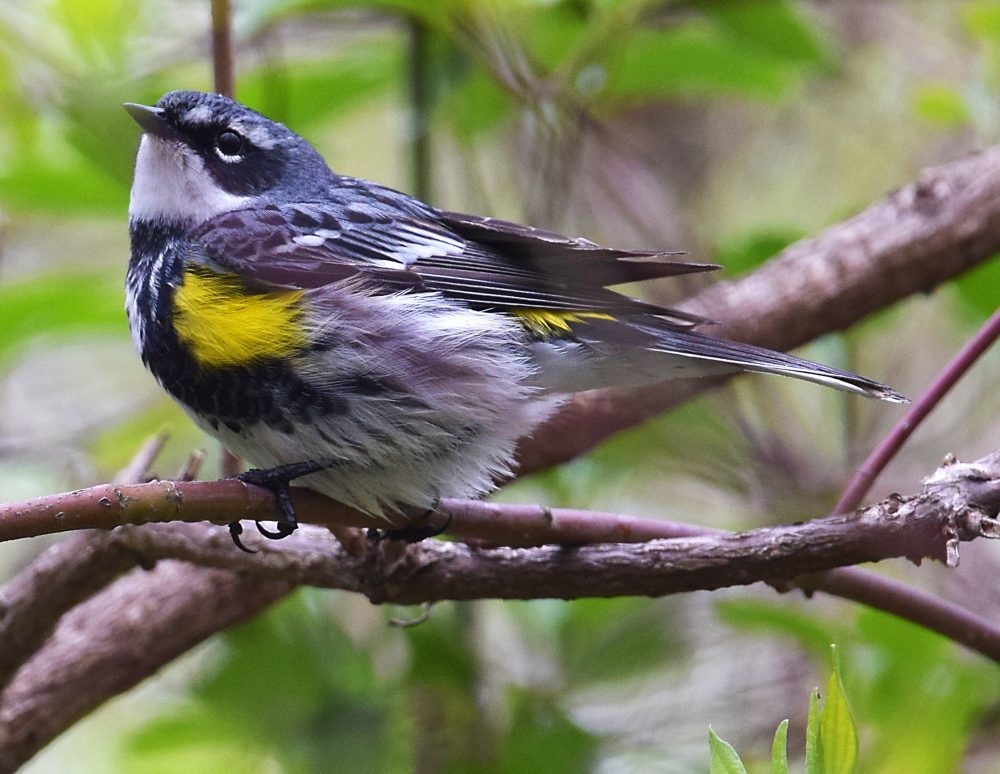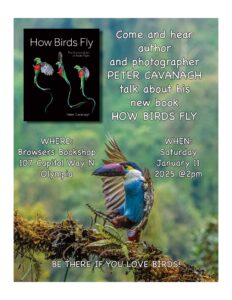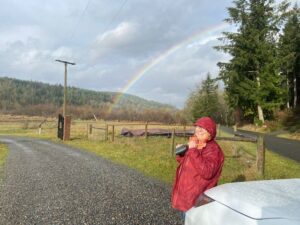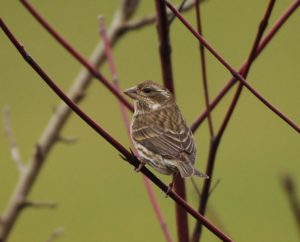 As winter leaves and we again start to enjoy spring weather, the thoughts of bird-inclined people naturally turn to the myriad of wonderful breeding birds that we enjoy so much. Particularly those of us who have spent much time in—or who grew up in—the eastern half of North America are inclined to remember the joys of spring migration and especially the waves of passerines that arise from the Gulf area and spread northward. Then some of us may recall the absolute joy of standing in a rich woodland in the midst of a “warbler wave” as the birds tumbled through the trees and bushes around us, nourished by the fresh bounty of insect food, always pushing northward, and perhaps creating in a few wondrous hours a major share of our life lists. Yes, of course, other wonderful birds arrive with the spring, but warblers hold a special place in the heart for many; and as a representative of the Parulidae, let us again remember the Yellow-rumped Warblers.
As winter leaves and we again start to enjoy spring weather, the thoughts of bird-inclined people naturally turn to the myriad of wonderful breeding birds that we enjoy so much. Particularly those of us who have spent much time in—or who grew up in—the eastern half of North America are inclined to remember the joys of spring migration and especially the waves of passerines that arise from the Gulf area and spread northward. Then some of us may recall the absolute joy of standing in a rich woodland in the midst of a “warbler wave” as the birds tumbled through the trees and bushes around us, nourished by the fresh bounty of insect food, always pushing northward, and perhaps creating in a few wondrous hours a major share of our life lists. Yes, of course, other wonderful birds arrive with the spring, but warblers hold a special place in the heart for many; and as a representative of the Parulidae, let us again remember the Yellow-rumped Warblers.
Ornithologists have for a long time played a kind of science game called “Split and Lump” that may baffle the general public as some established species are formally split in two or as similar species are lumped into a single one. The game uses the classic definition that a sexual species includes all the individuals that are actually or potentially capable of breeding with one another. (That “potentially” just makes the game more challenging.) When I was growing up in Minnesota, we had two species: the more easterly Myrtle Warbler, with its white throat and pale supercilium, and the more westerly Audubon’s Warbler, with a yellow or yellowish throat and no supercilium. But some ornithologists studying these species eventually decided that all the forms interbreed with one another and should be considered a single species. (Darn! Cheated out of a life bird by science!)
In fact, many yellow-rumps remain with us through the winter, flashing their rumps at us as they flit through the trees; though widespread, they are primarily birds of the conifers. All warblers are basically insectivorous, but yellow-rumps also feed on the berries of many plants such as bayberry and wax myrtle, having the enzymes to digest the wax coverings on such fruits. Thus, they extend their winter range northward while other warblers are forced to migrate south for the winter. They may also give the impression of being nuthatches, as they cling to tree trunks and branches, and they may leap flycatcherlike into the air to catch flying insects. An item in the latest issue of Living Bird, from Cornell, notes that yellow-rumps in the mountains of Mexico may flutter up against oak trees to pick glistening droplets from fine hairs protruding from the bark; insects that live in the bark drink sap and extrude the droplets through these hairs. Most remarkable feeders, indeed!
Yellow-rumps are very sociable birds, both when migrating and foraging. Kenn Kaufman notes that during courtship the male accompanies the female everywhere while calling and displaying. Their nest, constructed by the female, is made of the usual mix of vegetation but lined with feathers and hair so that it curves over to partially cover the eggs and young. A unique nest for a unique species!
(from Mar/April 2017 Echo newsletter, by Burt Guttman, photo – Andy Reago & Chrissy McClarren)







